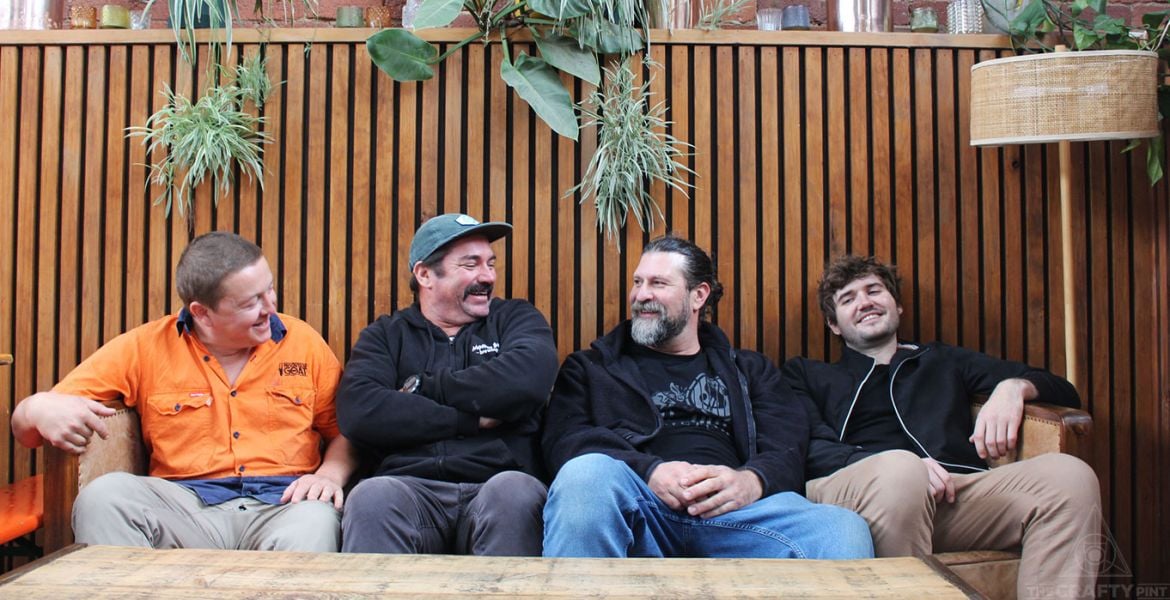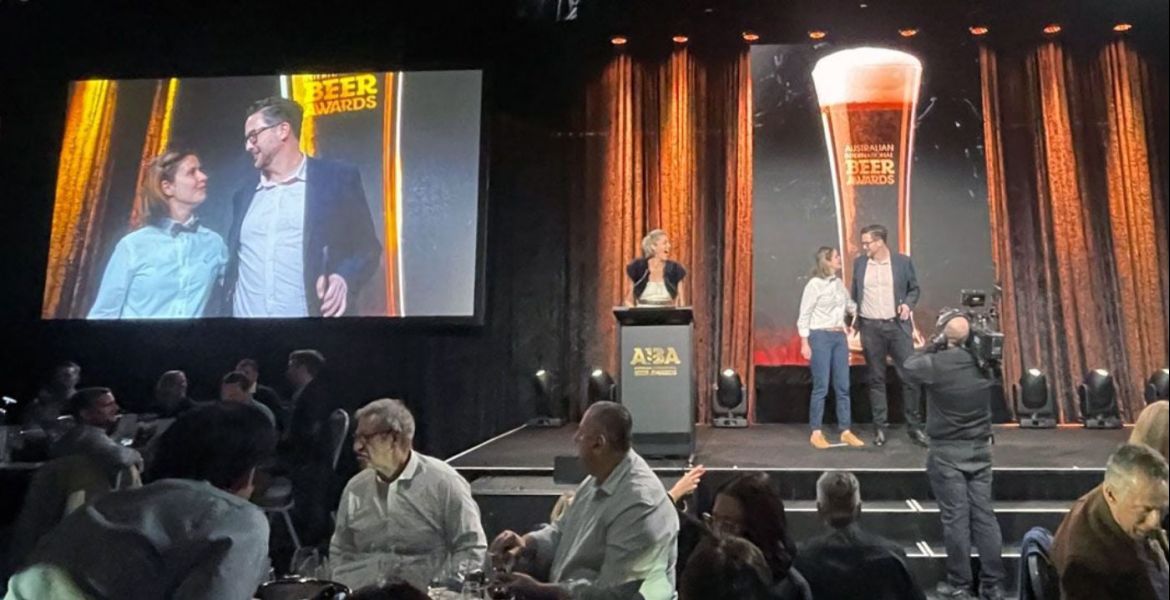Last week, we took a look back at the evolution of the Australian International Beer Awards as it turns 30. Here, we invited some of those with long and significant involvement in the awards to share their favourite memories and photos from over the decades, as well as looking at how the competition has changed significantly from the early years to become what it is today.
PETER ALDRED
For many in the industry, there will be few people more associated with the awards than Peter Aldred, who these days can be found brewing and educating at Aunty Jacks in Ballarat after "retiring" from his role at Federation Uni. He started out at the awards 25 years ago, stewarding in 1998, then going on to spend nearly ten years in steward / chief steward roles.
By the time he started judging in 2010, the awards had just gone past 1,000 entries, with 30 judges required and around 40 percent of entries from overseas.

"In my first year there was something like 400 entries, in about six different classes," he recalls. "The classes were effectively pale lager, dark lager, pale ale, porters and stouts, and specialty beers. There might have been a low alcohol class as well.
"We had 11 different judges and Colin Dowser was the chief judge. Compare that to now, where we had close to 3,000 entries, and close to 100 judges and three head judges."
Back then, he says food science students and staff acted as the stewards – some of whom are now judges.
"About the mid 2000s, judging to style guidelines was introduced. We gradually broadened our judging panel, bringing in judges from NZ, UK and our first female judge – at least as I remember – was Teri Fahrendorf from the USA.
"Other things that were different in the judging back then was that the 'small brewery' beers were judged separately to the 'large brewery' beers. The quality of the craft sector was not as high back then and regularly there would be beers that were infected, oxidised or full of diacetyl. Quality improved rapidly, and the sections were combined for the judging to prevent any bias. The sorting for small/large brewery trophies was done with the data later.
"Speaking of data, all the scores and tasting notes were handwritten. It meant hours of transcribing scores to determine medals and trophies, and collating feedback sheets for the entrants. Back then, three to four weeks was needed to do the collating and then get the results book to the printers before the dinner was held. Today, we all use tablets to enter data and feedback comments – a necessity for such a large competition.
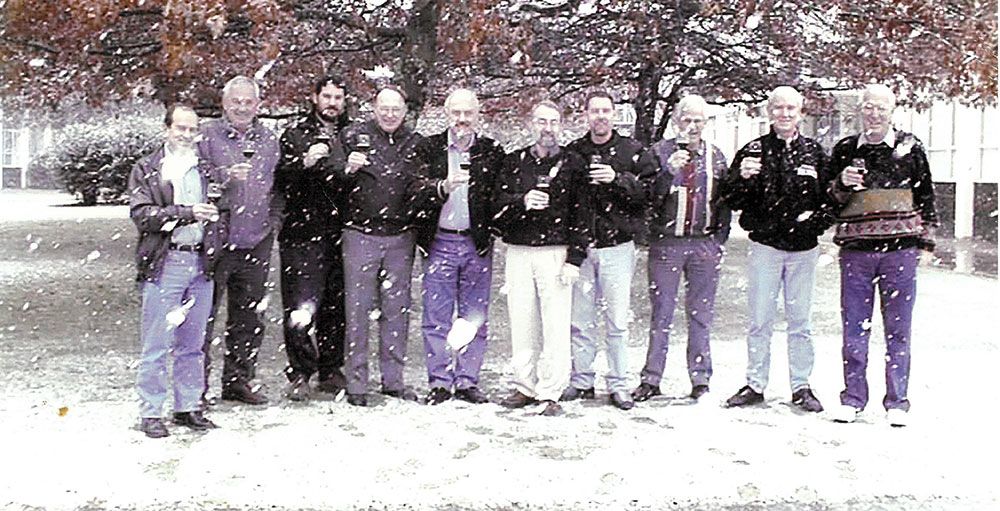
"The camaraderie of the stewards, organisers and judges has always been great. Interesting times I remember include someone sending a keg of their perry instead of a stout. They paid for it to be judged – the looks on the judges' faces was hilarious; 'invisible' stouts hadn’t been dreamed of then.
"Then our chief steward, Bradford Tetlow, decided it would be a good idea to have the judges' dinner at my place one year. It was a challenge to feed 35 judges; luckily every time I turned my back another judge jumped in to help with the cooking. Great teamwork, great memories.
"Who would have thought this wonderful competition has evolved from the National Beer & Brewing Exhibition, a competition with 35 entries, first held at Ballarat College of Advanced Education in 1987..."
BRAD ROGERS

It's no secret that the awards of 2023 are a far cry from those of 1993; you can get an idea of how things were for years in part I of this mini-series, as well as in the reminiscences of others below. And while there would have been an evolution over that time regardless, the biggest changes stem from the time Ann Houlihan (of whom more below) and Brad Rogers set out to become "disruptors".
Realising things had to change to bring the competition into the modern era – at the same time as he was chairing the fledgling Craft Beer Industry Association (the forerunner for the Independent Brewers Association) – the pair went to work.
"It was pretty obvious for anyone to understand that it wasn't going to be something that continued," Brad says of the competition as it was in the late 2000s. "It took someone to be the disruptor – Ann and I were that. We worked beautifully together. She's just an incredibly beautiful person.
"[The competition] went 180 degrees from one side to the other, from the way they used to work to the way they work now."
The decision to bring all judging into Melbourne gave them access to better judges, and they started inviting internationals over too, such as Meantime founder Alistair Hook from the UK. The university exam style setup – one in which Brad and fellow judges like Richard Watkins, who went on to co-found BentSpoke, would be admonished for breaking the silence to talk about beers – was abandoned for today's more collegiate roundtable approach. Over time, out went scoring on paper and in came more efficient electronic methods.
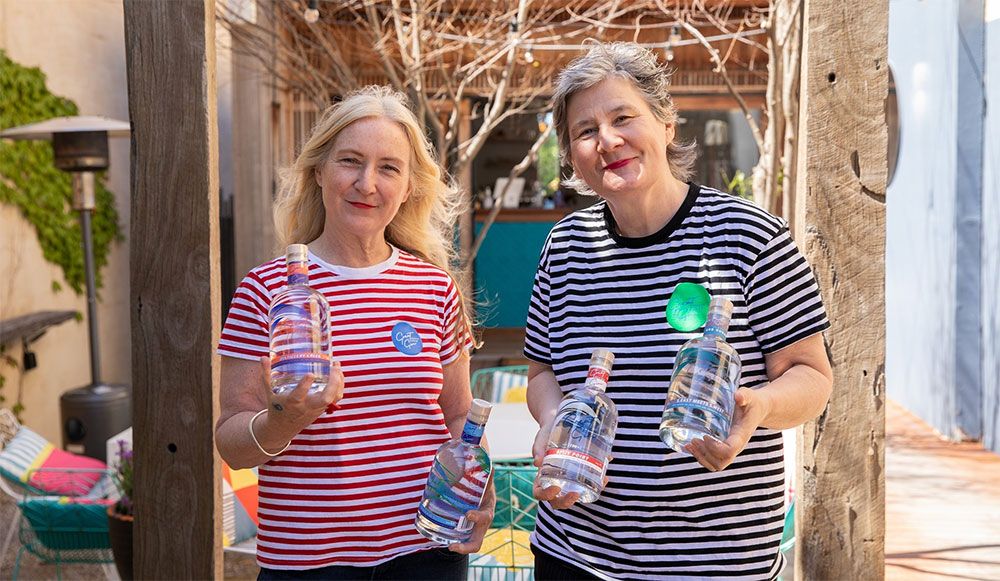
"Ann and I would sit at the Courthouse Hotel in North Melbourne, which was the pivotal place where the AIBAs changed," Brad recalls, highlighting a meeting between the pair and Ann's bosses at the time at the Royal Agricultural Society of Victoria (RASV) – now Melbourne Royal. They explained their vision and, he says: "We got alienated."
They ploughed on, however, with both the CBIA and new look AIBAs coming together in a manner he says was done "holistically for the betterment of the industry. It's with real pride for me that I can look back and go, 'We did some really cool shit back then.'"
When it comes to personal highlights outside of his roles judging and introducing change, they stretch back even further with trophies all along the way, from his time brewing for CUB at Sanctuary Cove via Alpha Pale Ale's imperious phase at Matilda Bay, and then when Stone & Wood finally started entering and ended up going home with major trophies.
"There I was messing around getting married in Fiji, then all of a sudden I'm onstage winning these awards," he says of the first time he entered beers back in 1999.
"From the Gold Coast and Masthead and Matilda Bay and the Stone & Wood stuff, I've been through it all and it's just beautiful. There's just such beautiful memories. For me, these awards are really quite important."
PAUL HOLGATE

Paul Holgate (above right) first attended an AIBA dinner back in 1999, the year he and wife Natasha (above left) started Holgate Brewhouse and were waiting for their kit to arrive: "We were about 31, 32 with a six-month-old baby I think the highlight was Tash got her photo in Ralph Magazine."
He first judged in 2002 and says his experiences at the AIBAs enabled him to receive invites to other competitions around the world, including several stints judging at the World Beer Cup in the USA, and twice at the Asia Beer Awards in Japan and Singapore.
Next year will see Paul and Tash celebrate 25 years of Holgate Brewhouse, an incredibly rare achievement for an independent brewing company in Australia.
"I first judged I reckon in 2002. In those days, there were two different judging panels: one up at University of Ballarat [now Federation] doing the packaged beer, and another crew at the Showgrounds doing the kegged beers.
"I think they had decided to shake it up a bit and invite some of the new breed of 'craft' brewers in as the judging panels were pretty monoculture then. It was a great experience, and a steep learning curve... very surreal. Peter Manders was the head judge and it was basically set up like uni exams; there was no talking or collaboration and judges sat facing forward at benches/desks with great separation in rows.
"It's been an amazing experience over the years, has helped develop and fine-tune my palate, learning about beer faults and fault-finding. And, of course, meeting some great friends and colleagues in the industry. Being a regional brewery and focused on family and kids in the early days, it wasn’t always easy to get out and meet other people in the industry. The AIBA judging was a chance to catch up with people, chat about the state of the industry, trends, plant and equipment, and all things beer!
"It’s hard to pick one standout moment, but of course we are very proud of major trophies we have won over the years, including for Temptress Chocolate Porter in 2015. With the recipe remaining unchanged since we first released it in 2008, it was very satisfying to see this beer continue to do well years later. The competition standard and number of beers have both increased significantly over the years and therefore it’s definitely harder to win trophies and major categories, so all kudos to those that do – they deserve it!
"But it’s also been satisfying for many of our beers each year to be awarded medal status and awesome to get number of silvers and golds each year. It’s great feedback and kudos to our process and systems, and to the amazing brewing staff we have lead by head brewer Chris Brady."
JAYNE LEWIS
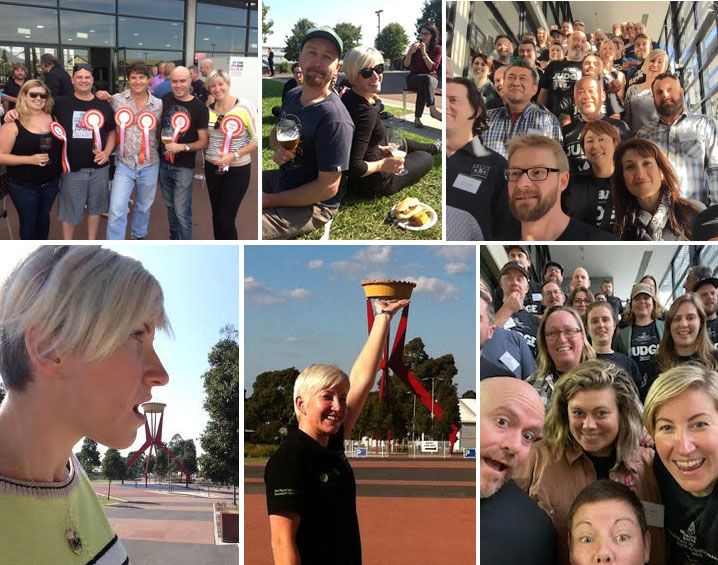
Jayne Lewis has judged at the awards for 15 years, moving from associate judge when it took place in Ballarat to judge to table captain and now member of the AIBA Advisory Group. She's also been part of trophy-winning teams throughout a career that started at Little Creatures before moving to Matilda Bay, Mountain Goat and Two Birds Brewing, the company she founded with Danielle Allen.
Having left Two Birds last month, she's now working as an independent consultant to the industry and small businesses.
"Look, winning stuff at AIBA is always a standout! We’ve been lucky enough to pick up a number of trophies over the years, but the standout is winning Champion Medium Brewery in 2016. It talks to the consistency of your beers and was a career highlight for me.
"The catch-ups and chats during judging are the highlight of every year. Being able to have time to connect with my beer family is always so valuable. I do love hearing all the winners on the awards night and being able to reconcile them with the beers you judged.
"And getting an opportunity to get dressed up is always fun!"
The JAMES SQUIRE BREWHOUSE DAYS

Cropping up almost as often as mentions of the great friendships forged at the awards are the celebrations held at the James Squire Brewhouse in Melbourne's CBD (now The Crafty Squire, also known in the past as the Portland Hotel).
According to Brad Rogers, it was like the brewing industry's Switzerland, where usually competing brewers from the major breweries, and the tiny number from what microbreweries existed then, would come together around the awards.
"Everyone met there and walked down to the awards together," he recalls, "and then, after the awards, went back to the Portland. They had a pool table and we'd play in teams. It was quite memorable in those early days – there was so few of us: Doug Donelan, Charles Cole, Rory Gibson – all the old journos were there; Willie Simpson was always there.
"It was a Lion pub but they had really cool beers in bottles that weren't Lion that we'd drink, and I remember conversations with Chuck Hahn when all of a sudden we were in the little brewhouse there talking about beers, then bringing jugs from there for everyone to share."
Doug describes their routine in those early days, back when Malt Shovel (where he was head brewer) and Little Creatures were being named champion so often "it appeared we were just handing the trophy back and forth between ourselves."
He adds: "The after party was always at the James Squire Brewhouse in Russell Street and James Squire Pilsener and Malt Shovel Brewers were the awards world-beaters. Friday was always tasting – drinking – the entries and then, at night, it was always Mountain Goat and onto the Royston. It was our version of Good Beer Week!"
Paul Holgate also recalls the pub's role as a meeting place for judges, and the risks that came with it.
"It was early days for very hoppy beers in Australia, The Speculator was on tap, which was a huge, resinous beast laden with alpha acids," he says. "I definitely had ulcers on the tongue judging the next day… it stripped the enamel off my teeth."
David Cryer, the founder of Cryer Malt, which went onto become a major sponsor of the awards, as well as many other events within the wider beer world, recalls it as the place "where Lion interacted with CUB plus early crafties on very friendly terms", as well as where he met lifelong friend Brad for the first time: "What a night!"
BRADFORD TETLOW
Bradford Tetlow has spent several years brewing in Europe but, in 2004, he’d just started studying at Ballarat University. In those days, packaged beer was judged at the uni and the RASV handled draught beer in Melbourne. Peter Aldred would get students and staff to help out as stewards and, towards the end of his degree, Bradford became increasingly involved, getting to meet the likes of Mountain Goat co-founder David Bonighton, Jayne Lewis and Tina Panoutsos.
From 2007 to 2010, Bradford handled the logistics for the awards, a role that ran for around four to five months of the year.
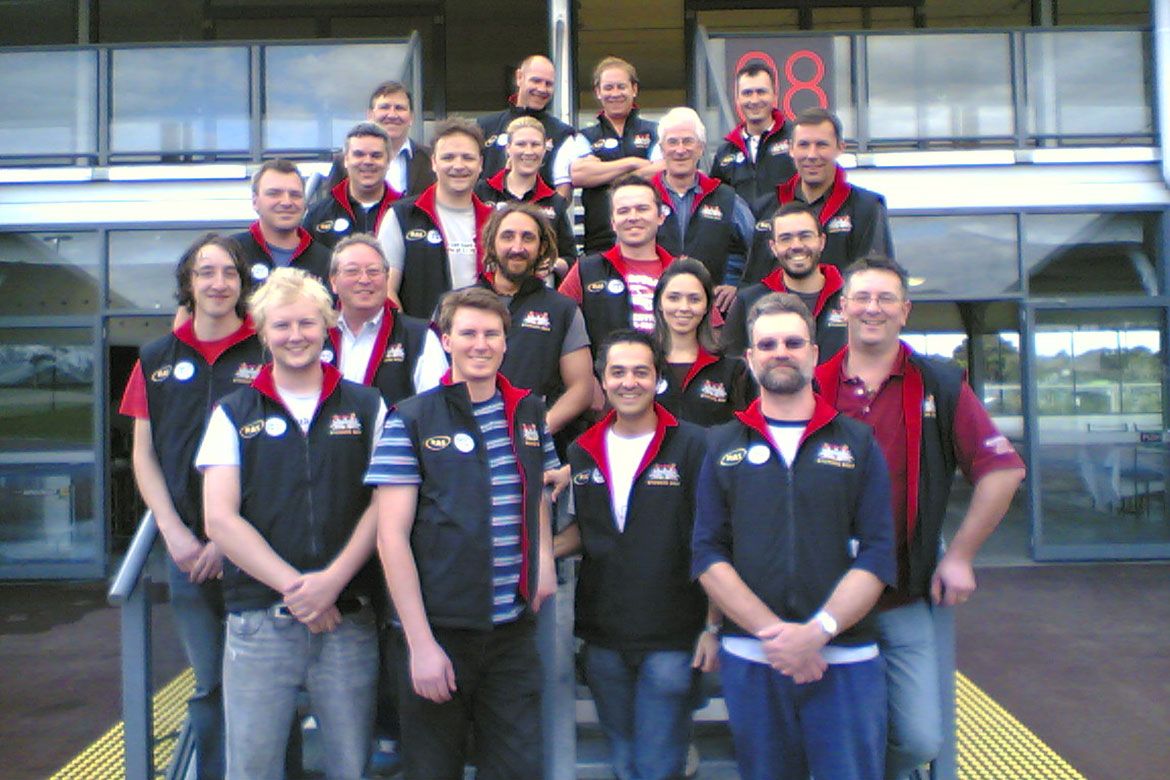
“The big day was always when the Brewers Association of America's entries turned up as they came in one big shipment,” Bradford recalls. “That meant breaking down all the boxes, cataloguing what had arrived, putting the exhibit numbers on everything, and then getting the samples all shelved in the fridge and eventually cool rooms.
“They were huge days and I was lucky to have a few mates at the uni help me.”
Later in his career, Bradford again became involved with the awards as a judge from 2014 to 2016.
“It was striking to see the difference in the volume of entries, the number of judges, and the logistics required to make it happen.”
Personal highlights include seeing many of those early-career brewers who were judges and stewards forge their own path in the beer industry, but his fondest memory is still part of the judging to this day.
"I always get a little smile when I see the wooden tray that the stewards at the current awards use," he says. "I remember sitting down with an engineer at the uni and designing that tray. The original ones were made of perspex and we went through quite a few design changes until we got it right. Peter Aldred always said I should have patented the design, but I'm just happy to see it's still in use.
"I remember one year I spent months calculating all of the judge's statistics, so not just the beers but the actual judges. I wanted to give them statistical feedback on their judging styles so they could see how strong or weak they were in each of the beer styles compared to the other judges. It was a lot of work so I can see why the RASV don't do it, but it was very well received by the judges."
CRAIG BOWEN
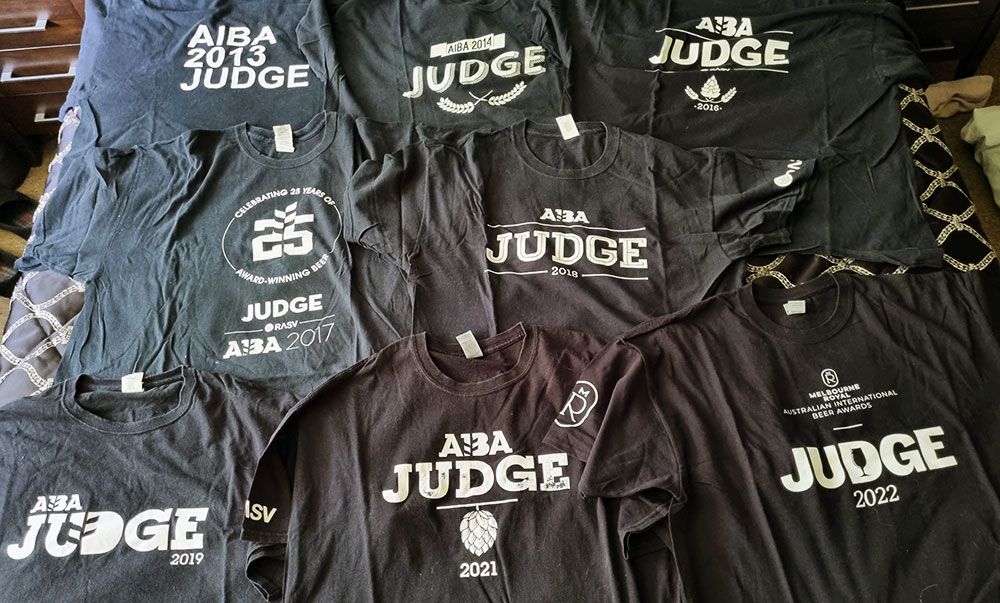
Bradford was succeeded in the chief steward role by Craig Bowen, who was brought into the fold by then awards head honcho Ann Houlihan, back when Melbourne Royal was still the Royal Agricultural Society of Victoria. Ann had met him on a visit to the equivalent awards in New Zealand, which he had been running for a few years, as part of the work she was doing to increase the reach of the awards overseas.
The 2023 awards are Craig's tenth, over which time he's worked with a cast of people – including Damian who we featured in part I – in a role he describes as: "to make sure the right beer gets to the right table, in the right order and is judged by the right group of judges – ie not judging their own beer, exactly how the brewer, or entrant, would want it presented."
At his first competition, working alongside head judge Brad Rogers, they received 1,480 entries – well over 1,000 less than 2023 – with keg and packaged beer judging brought together for the first time.
"The top Oz beer [that year] was Matilda Bay Alpha Pale," he says. "I think international beers took way more trophies home than Australian beers that year. This goes to show where Australian brewing has moved – improved – in the past ten years. I really enjoy my ‘working holiday’ annual trips back to Melbourne and love drinking Australian beers.
"In about 2014 / 2015, we introduced a post awards sports match: Australia vs Rest of the World. The first was cricket, played on the last day after trophies were judged. Rest of the World won that. I think Australia won the bowls the following year. From memory there was a touch rugby game once too.
"These fixtures seemed to cease when there was a dislocated shoulder or broken collar bone and I think RASV had to more strictly enforce their Health and Safety policy."
KIRRILY WALDHORN
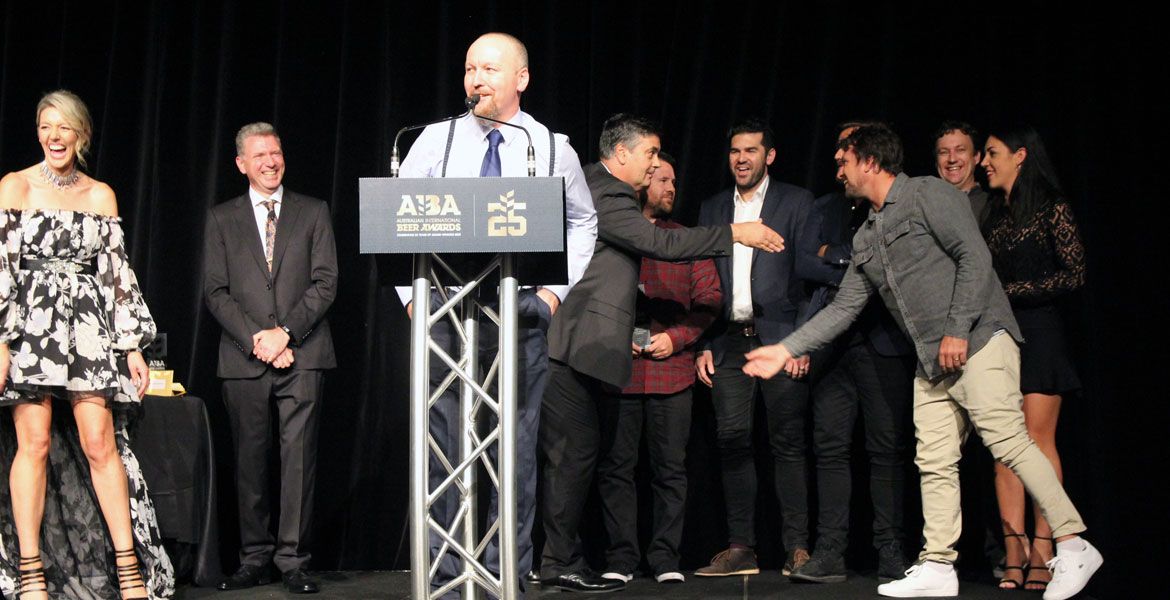
If you've attended the AIBAs dinner over the past decade, you'll be well aware of Kirrily Waldhorn's involvement through her MCing of the event. Her involvement goes beyond that, however: "I have sat at the judging table with some incredible brewers and learn every year from those around me... a particular highlight was judging with Cicerone founder Ray Daniels."
Kirrily has just launched Beer Matters with her mate Sophie Goldsmith, which provides research and insights on the independent brewing industry, and works as a brand consultant for NZ Hops.
"I have been really privileged to not only be one of the judges for the AIBAs for the past eight or so years, but I have also hosted the awards – apart from a couple, including the infamous comedian awards night – for the past 11 years! They are so well run and have such an incredible team pulling together a huge night that celebrates good beer for all that it is. I have absolutely loved my involvement in the AIBAs."
As for personal highlights, she says: "There are so many! My first was memorable... that's the year I decided to change my dresses numerous times; having just finished my Opera House show, I had a few outfits up my sleeve.
"I really wanted to show that these awards were the industry's night of nights and do what I could to make something really special of them. It cost me a fortune but I loved it! Every year is a standout: the excitement when a brewery wins a trophy for the first time, when the room is as excited for them as they are... this is what makes the AIBAs so great.
"We've laughed, celebrated, reflected, crowd-controlled from the stage – and it's an absolute honour to be up there again this year helping to announce the winners for 2023."
BRIAN WATSON
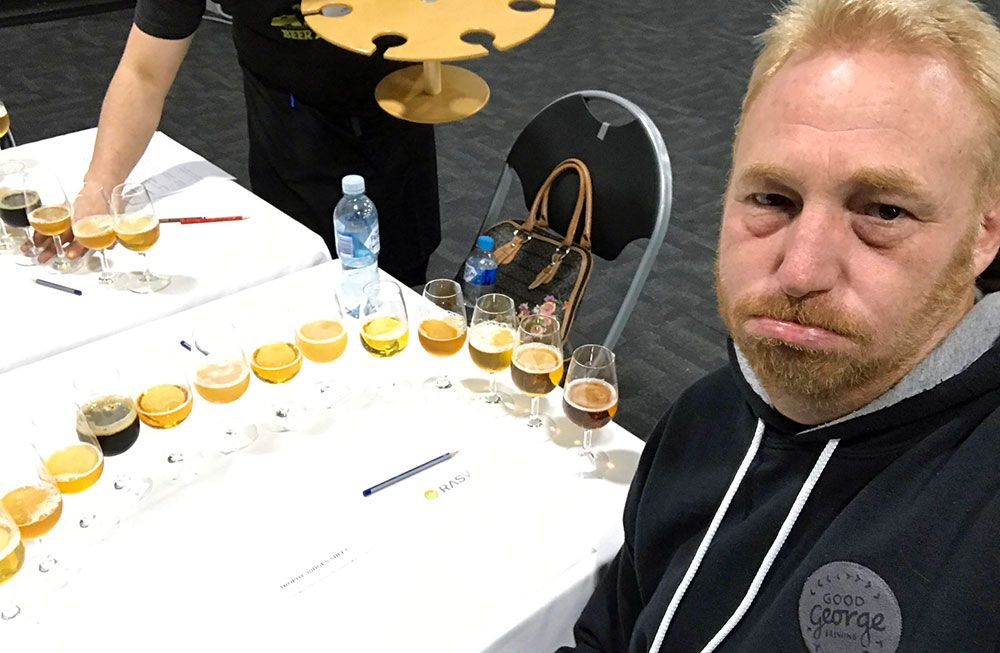
Brian Watson has been involved in the beer industry both sides of The Ditch in many a role, from helping set up breweries, to setting up his own (Good George), to judging at beer competitions worldwide. He first judged "the bloody thing" in 2004, when he claims to have been 16... He also appeared in the video produced for the 2014 awards.
"Most of the time, I've been a table captain and working with the team to improve the process and the feedback to the judges," he says, "and reduce the braincell count of an evening.
"Judging the trophies is always special, actually seeing some of the outstanding beer. It is also really difficult.
"There have been sooo many good times: some of Richard Emerson’s stories, Chuck Hahn in fine form... For me, it has always been about the people. People who I have not only judged with, but have drank with, laughed with and who I have learnt a lot from."
WARREN PAWSEY
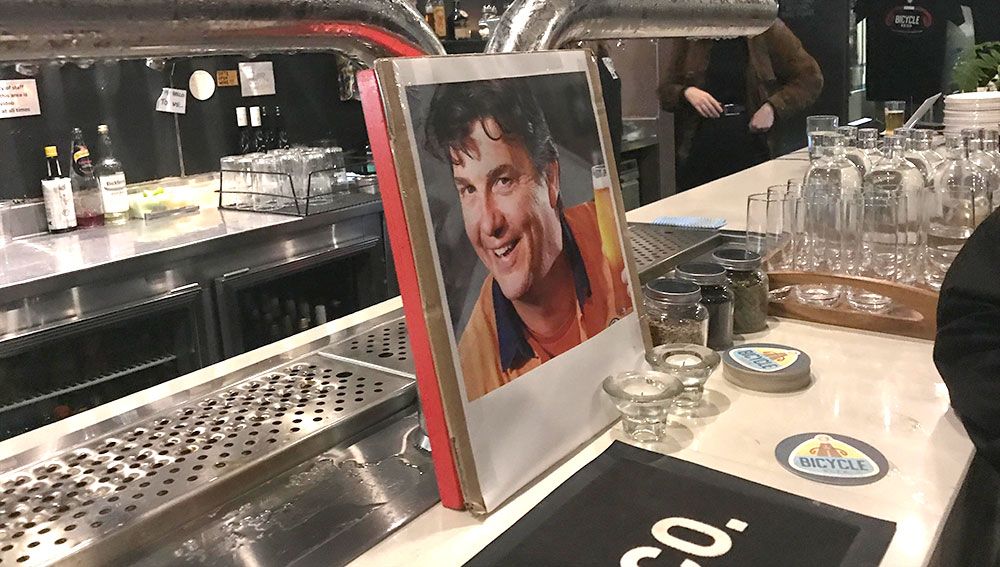
We heard plenty from Warren in part I of this feature, but went back for more.
A highlight for him has been "seeing the improvement in beer quality, through recipe and production improvements. This is across our industry.
"Gone are the days of judging numerous oxidised or infected beers. Same applies for off flavours from poor yeast handling.
"In this year's AIBA judging, I only assessed three to four beer entrants that displayed obvious faults: this is between one to two percent with obvious faults that could not be judged.
"Our industry's journey towards making better quality beer is a fantastic result for the consumers."
There are plenty more we hoped to speak to for this feature, and others we probably should have done, but hopefully it paints a picture of how far the biggest awards in the annual beer calendar have come, in tandem with an industry that's evolved so much at the same time.









